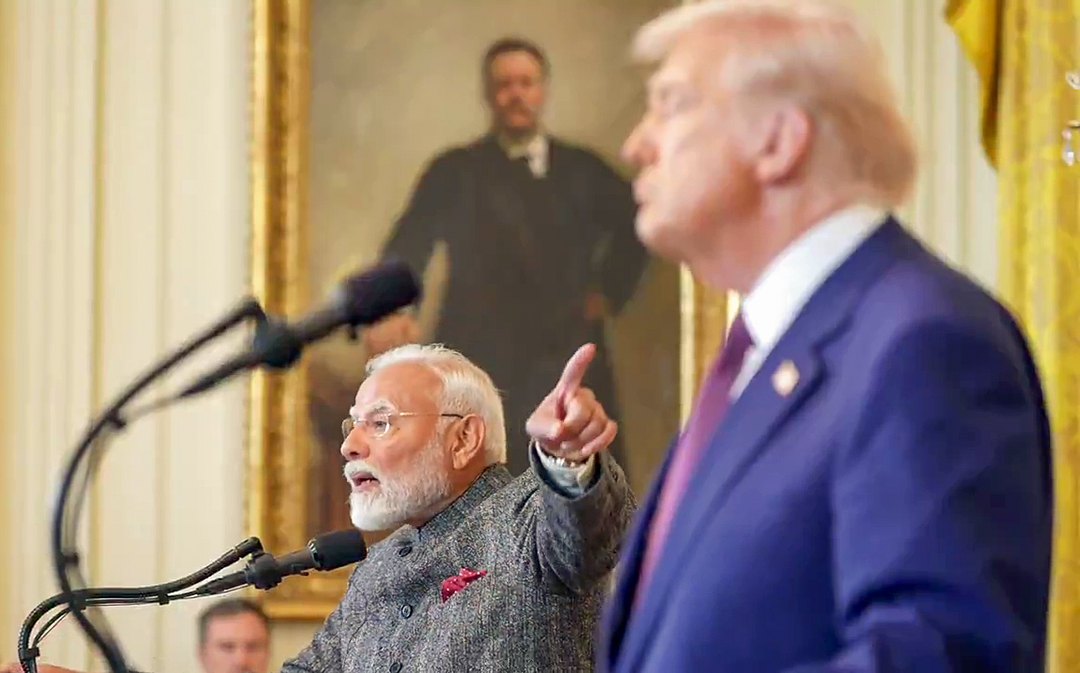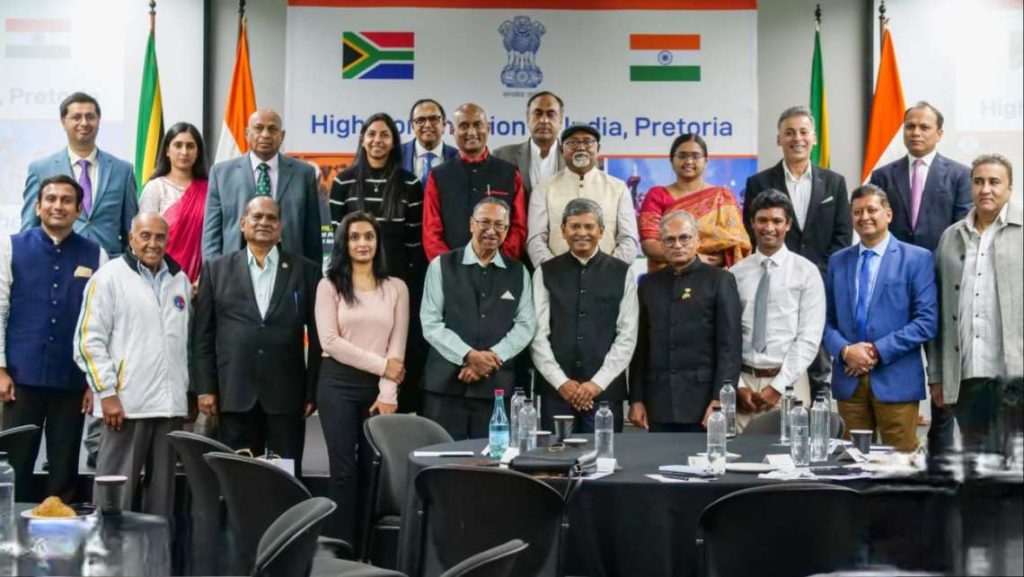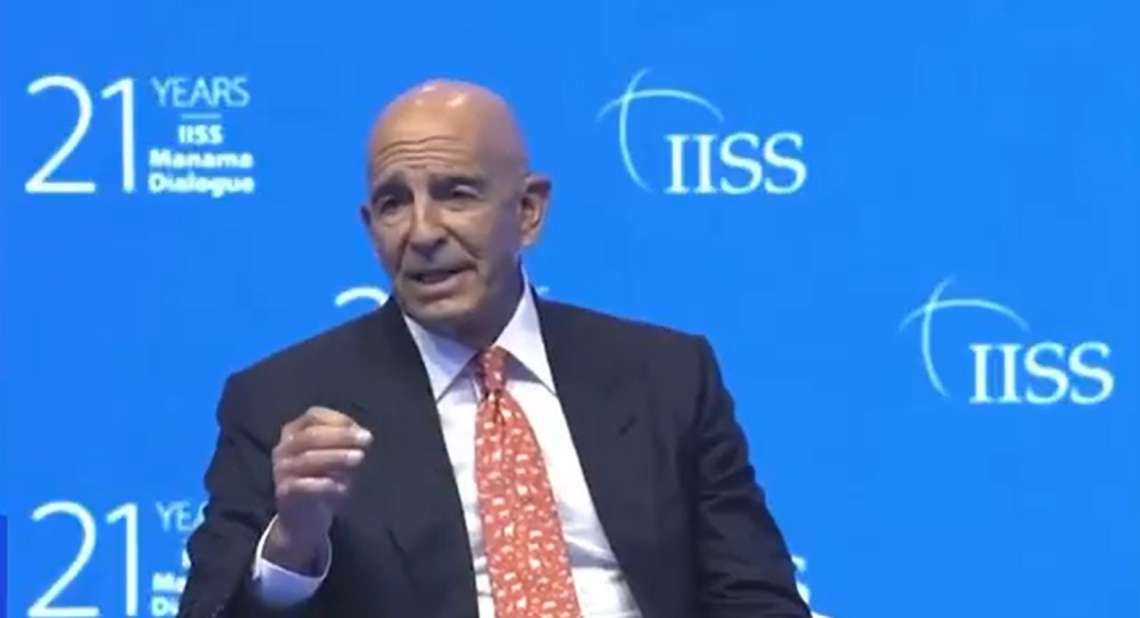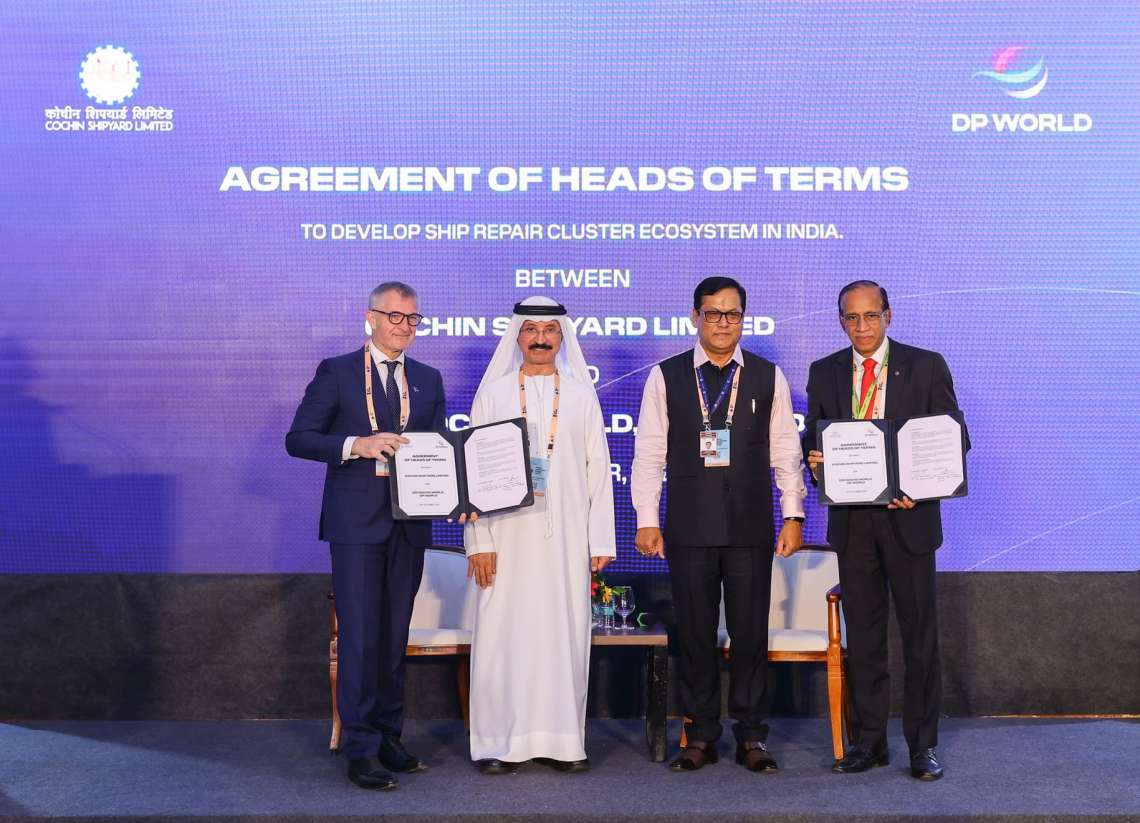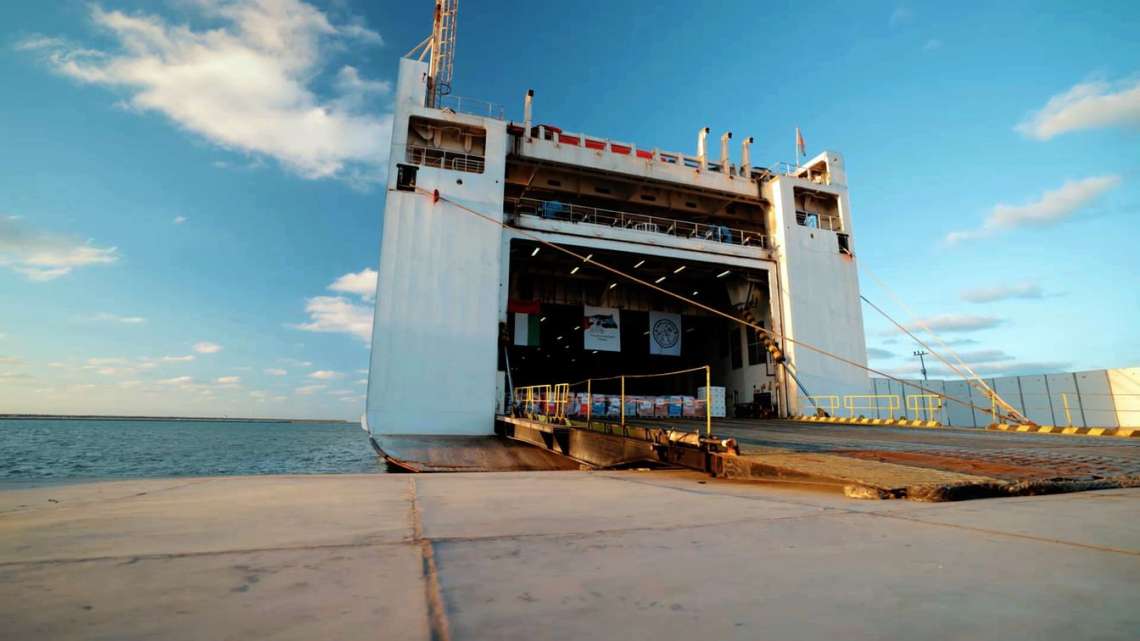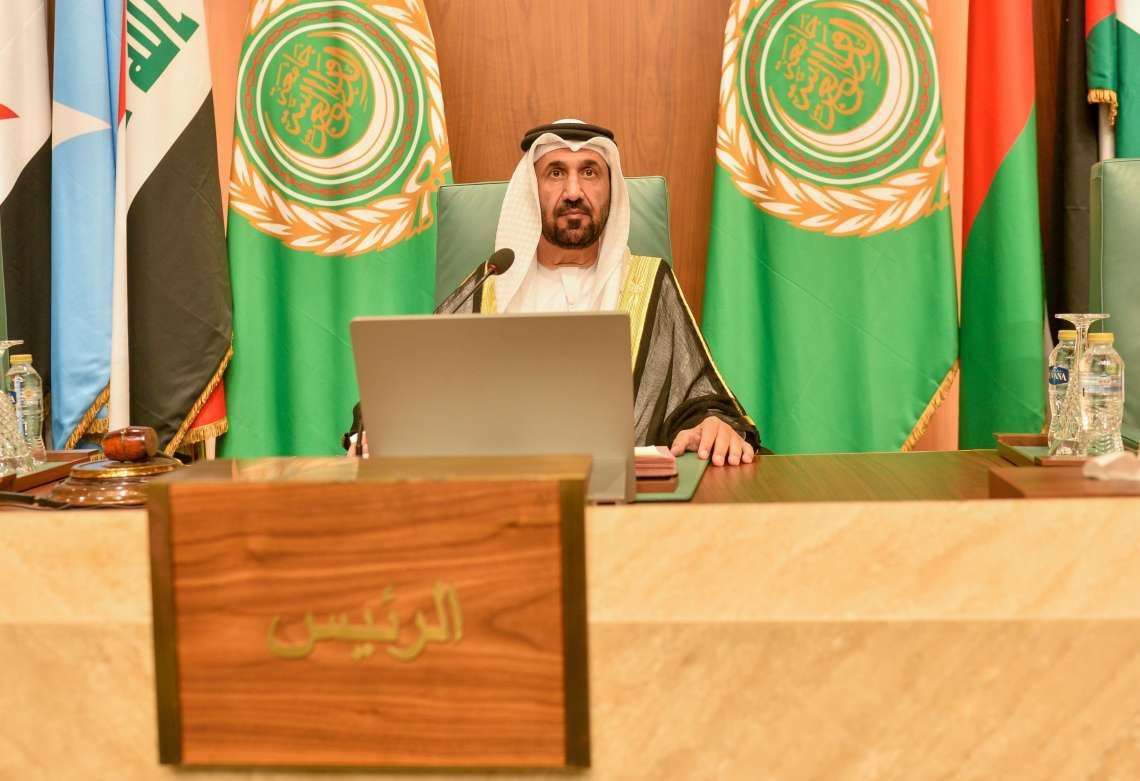A draft order issued by the US Department of Homeland Security on Monday confirmed that the additional 25% tariff will come into effect today, raising the total duties on most Indian imports to 50%
The United States has moved to double tariffs on a wide range of Indian products, imposing duties of up to 50% on goods worth more than $48 billion, in one of the harshest trade measures taken against New Delhi in recent years. The move, Washington says, is part of a wider effort to penalise India for continuing to buy Russian crude oil and military hardware despite Western sanctions.
A draft order issued by the US Department of Homeland Security on Monday confirmed that the additional 25% tariff will come into effect on 27 August 2025, raising the total duties on most Indian imports to 50%. The draft notice stated that the measures would apply to products “entered for consumption, or withdrawn from warehouse for consumption, on or after 12:01 am Eastern Daylight Time on August 27, 2025”.
The tariff escalation comes less than three weeks after Washington imposed an initial 25% duty on Indian goods on 7 August. Together, the two tranches represent one of the steepest barriers to Indian exports in decades, potentially redrawing the trade balance between the world’s two largest democracies.
The measures will fall most heavily on Indian industries that have historically thrived in the US market. Textiles, clothing, gems and jewellery, shrimp, leather and footwear, animal products, chemicals, and electrical and mechanical machinery are among the sectors expected to take the sharpest blow. Collectively, these account for a large share of India’s annual merchandise exports to the US.
Sectors such as pharmaceuticals, energy products and electronic goods will, however, remain outside the scope of the sweeping duties, offering some relief to Indian exporters. India is a leading supplier of generic medicines to the US, and officials had warned that raising tariffs on life-saving drugs could drive up costs for American consumers.
The Homeland Security notice also allows for limited exemptions. Goods that were already loaded on ships and in transit to the US before the 27 August deadline will not face the additional duty, provided they are cleared for use or withdrawn from warehouses by 17 September 2025. Importers will need to certify this to US Customs using a special declaration code.
The new rules mean India and Brazil are now the only two trading partners facing the 50% duty wall, underscoring the severity of Washington’s response. For New Delhi, the impact is expected to be particularly significant, given the sheer volume of bilateral trade with the US, which is India’s single largest export destination.
According to the Commerce Ministry in New Delhi, merchandise exports worth $48.2 billion, based on 2024 figures, will now fall under the additional tariffs. Indian trade officials warn this will erode the competitiveness of Indian products compared to regional rivals, many of whom face much lower US duties.
Competitor nations such as Myanmar (40% tariff), Thailand and Cambodia (36% each), Bangladesh (35%), Indonesia (32%), China and Sri Lanka (30% each), Malaysia (25%), and the Philippines and Vietnam (20% each) are now better positioned to gain ground in the lucrative American market.
White House Press Secretary Karoline Leavitt earlier this month said President Donald Trump’s decision to impose sanctions on India was part of a broader attempt to “end the conflict between Russia and Ukraine” by cutting off Moscow’s revenue streams. US Treasury Secretary Scott Bessent accused New Delhi of “profiteering” from Russian oil by buying it at a discount and reselling refined products overseas, including to Western markets.
The Trump administration has insisted that allies must adhere to sanctions regimes or face penalties, arguing that any loopholes prolong Russia’s ability to finance its war effort.
India has rejected the measures as “unfair, unjustified and unreasonable”, according to a statement issued on 6 August. Officials in New Delhi argue that India’s purchase of Russian oil is driven by energy security considerations and that its trade with Moscow remains within the framework of international law.
Analysts say the tariffs will not only strain US–India trade ties but could also complicate wider strategic cooperation at a time when both sides are attempting to deepen defence and technology partnerships to balance China’s growing influence.
“India has long been seen as a critical partner in Washington’s Indo-Pacific strategy. These tariffs will test the resilience of that relationship,” said a former Indian trade negotiator. “For exporters of labour-intensive goods such as garments and leather, the impact will be immediate and painful.”
The draft notice will be followed by a period of public comment before final rules are issued. Industry groups in both countries are expected to lobby for exemptions, though few anticipate a significant reversal of the decision. Indian trade bodies have warned that thousands of small and medium enterprises could be pushed out of business if the tariffs remain in place.
With the new duties set to begin in less than a week, exporters are racing to clear shipments already bound for the US before the September 17 cut-off date. Meanwhile, New Delhi is likely to weigh retaliatory options, although officials have not yet outlined what steps might be taken.
For now, Indian exporters face the daunting prospect of losing their edge in the American market, a setback that could reshape trade flows across Asia and beyond.

